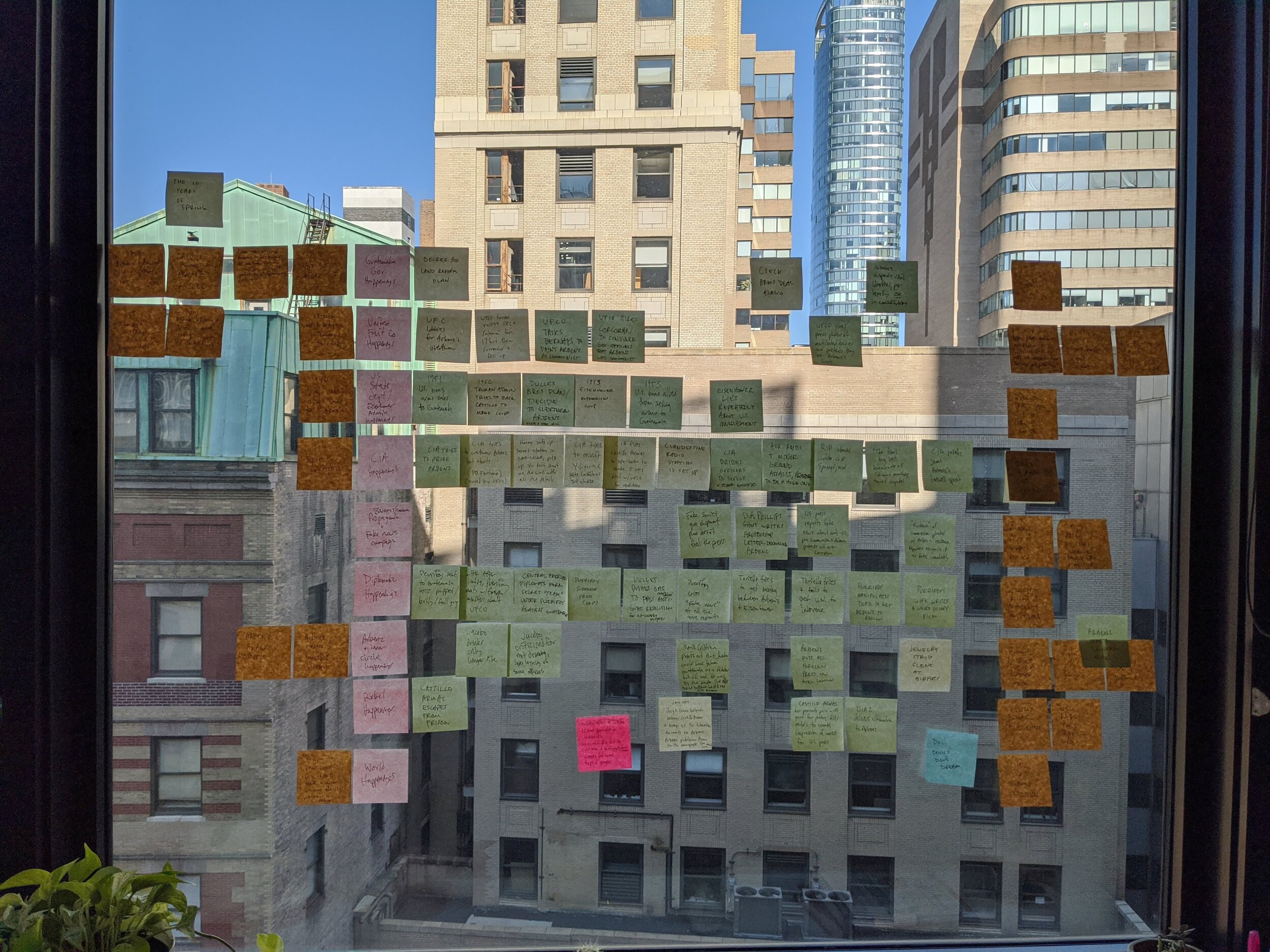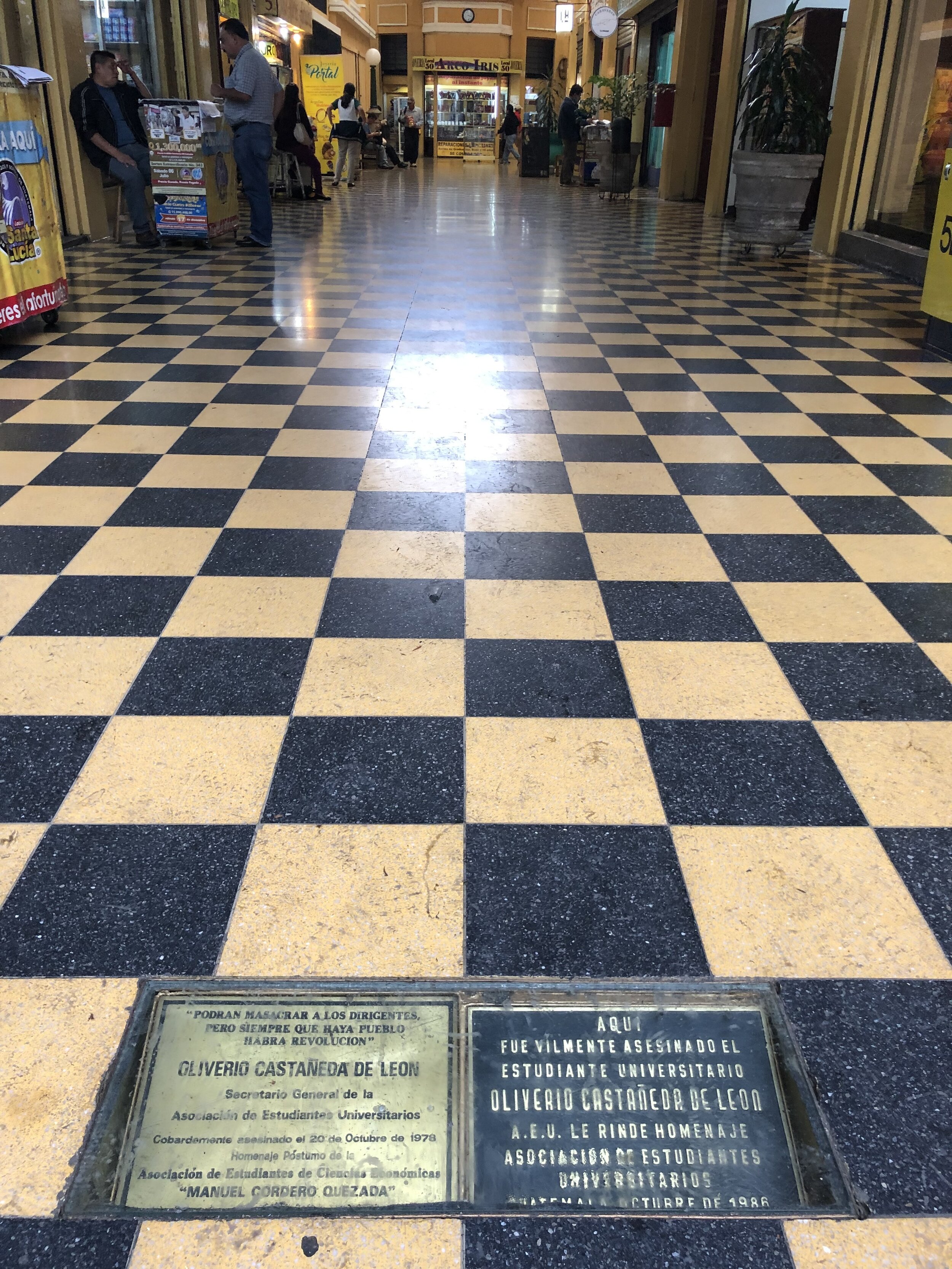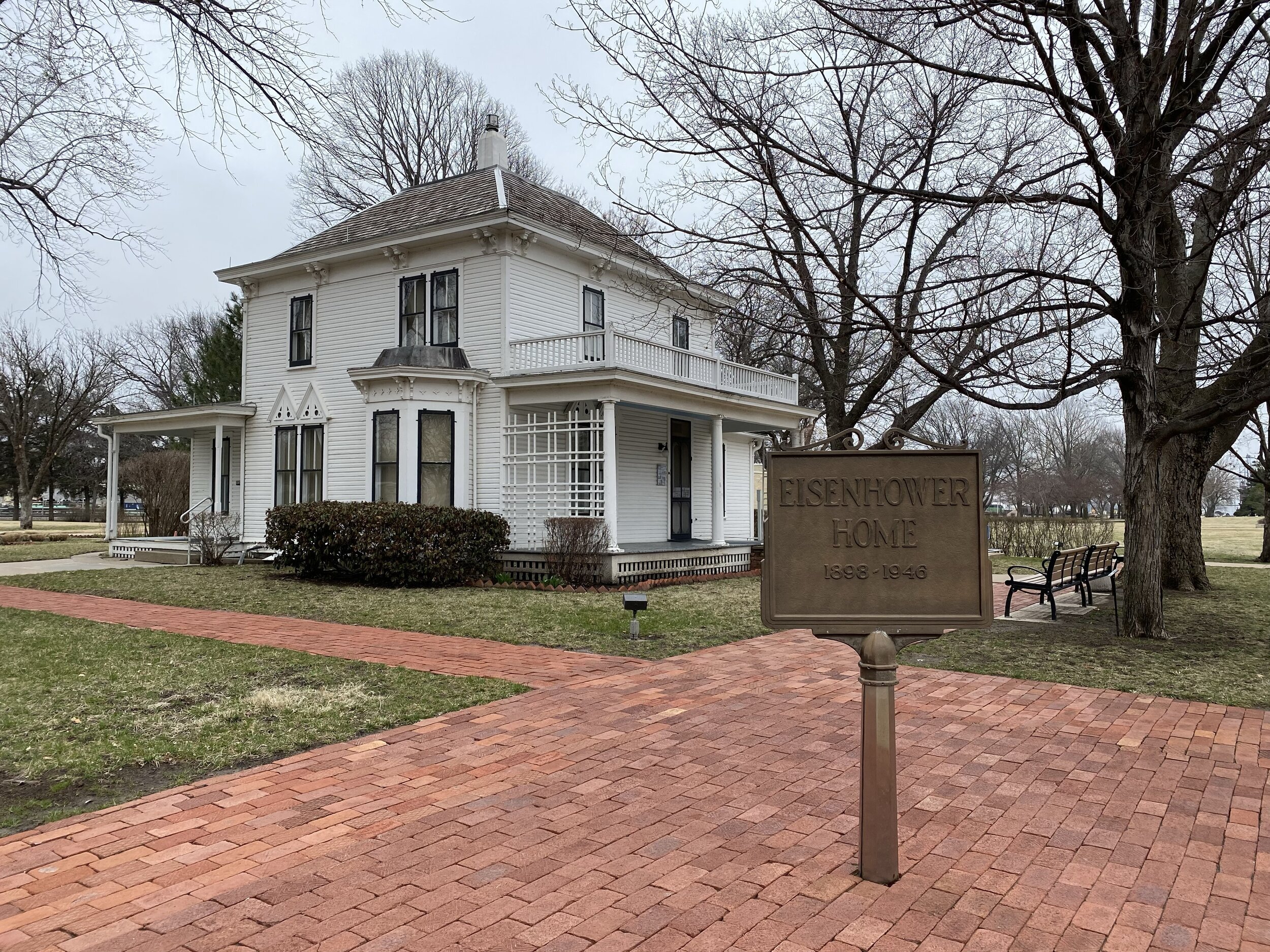Liberation
The making of “Liberation”
In October 2018, We ran out of money while driving across cuba.
We—author Shane Snow and TV/film producer Sylvia Brindis—were investigating a couple of mysteries from back in the 1950s during the Cuban Revolution. Along the way, we’d planned a visit to key sites from the revolution where Ernesto “Che” Guevara had operated his guerrilla radio station, Radio Rebelde.
Shane Snow & Sylvia Brindis
The two of us have a deep love for and connection for Latin America and its complicated histories. To Americans, the Cuban Revolution is perhaps the most well-known of those complicated stories. At first, it was about the overthrow of a brutal dictator who was in the pocket of the Mafia—a story rife with heroes and idealists and the goal of democracy. And then it became the story of a couple of said heroes betraying their allies, killing and jailing their friends, and sliding into authoritarianism and eventually Communism. We were there to investigate, among other things, the stories of Celia Sanchez and the Bacardi Rum Company during that period.
In 2014, Shane had released a book in which he’d documented how Guevara had used the radio to undermine the dictatorship’s hold on the minds of the people. While we were driving through the Cuban countryside in search of clues for these other stories—and figuring out how we were going to pay for food after a mishap relieved us of our cash—we got to talking about that radio station.
And in these conversations about pirate radio, Sylvia mentioned—as we recall now, it was offhand—how the radio had figured into the not-so-democratic revolution in her home country of Guatemala a few years before Cuba.
Shane was surprised to hear this. Many in Guatemala know that media manipulation brought down their most popular president and changed the course of their nation’s history. But most Americans don’t know a thing about it—even those who study mass media like Shane. And, as we’d soon learn, neither Guatemalan nor American historians knew the half of it when it came to exactly how the U.S. had wielded fake news to topple a government 65 years ago.
We’re still not finished with the Celia Sanchez or Bacardi stories. Instead, we spent the next couple of years investigating the even MORE complicated history of the C.I.A. in Guatemala—and in particular, how what happened in Guatemala in 1954 has striking parallels to what happened in 2016 with fake news about the presidential election in the United States.
The feature story you read on Narratively.com is the result of countless hours of research, interviews, and digging as a result of that conversation about Che’s radio.
Because that story is so complex—and there was far more to the saga than we were able to fit into the Narratively story—we built this website as a place where we could share our research for future historians and history enthusiasts. As part of that, we want to explain exactly what we did to source the information.
Our investigation included:
Reading every history book we could get our hands on that documented the 1954 overthrow, and:
Identifying the sources that each book used when discussing propaganda, Communism, how the Guatemalan media treated the events, and Jacobo Árbenz’s personal history, and:
Narrowing down the original source at the bottom of each assertion, and:
Fact checking those sources against original documents, recordings, and records.
In doing so, we found that many of the details of the overthrow story that are repeated as fact throughout early and modern sources, including Wikipedia, originated with fake information planted or encouraged by the CIA.
Scouring libraries and archives for original documents, recordings, and news clippings from 1954. In particular:
The U.S. State Department Foreign Relations Archives
The C.I.A. Freedom of Information Reading Room
The U.S. Library of Congress
The U.S. National Archives and National Security Archives
Hemeroteca Nacional de Guatemala (Guatemalan Newspaper Archives)
The Guatemala City Police Archives
The Eisenhower Library in Abilene, KS
The Universidad Francisco Marroquin library in Guatemala City
The Princeton University Library
Centro de Investigaciones Regionales de Mesoamerica in Antigua, Guatemala
Sending a Freedom of Information request to the C.I.A. for the audio recordings of Radio Liberación aka SHERWOOD aka “Voice of Liberation” (the latter of which we later learned was not the name of the station), which resulted in a response that the C.I.A. had no such recordings. We ended up finding the recordings hiding in plain sight, after being miraculously preserved for 65 years. (See below for more detail.)
Interviewing professors, researchers, and journalists who study mass media and media manipulation, and:
Asking them to react to various findings in our investigation, and/or
Asking them to dissect and explain their research.
Key interviews we conducted on this front include:
Craig Silverman, editor at BuzzFeed News and author of various books and reports on media error and fake news. (We did two long phone interviews.)
Dr. Kathleen Hall Jamieson, professor at University of Pennsylvania and expert on media manipulation. (We did one long phone interview.)
Dr. Young Mie Kim, professor at University of Wisconsin and expert on media manipulation. (We did one phone interview.)
Dr. Matthew Connelly, professor at Columbia University and expert on global history who runs History-Lab.org. (We had multiple calls.)
Questioning various other sources for fact-checking or fact-triangulating purposes
Key sources included:
Saint John Hunt, son of E. Howard Hunt. (We conducted email Q&As.)
Bill Simpich, board member of the Mary Ferrell Foundation, and Larry Hancock, historian and author of Someone Would Have Talked. (We had various email Q&A exchanges.)
Jessica Brandt, Head of Policy and Research for the Alliance for Securing Democracy. (We did one long phone interview.) (Previously, Shane had interviewed Bret Schaefer from ASD as well)
Martin Pellecer, founder of the respected Guatemalan investigative journalism outfit Nomada. (We did one in-person interview.)
Interviewing historians and journalists who had written authoritatively about Operation PBSuccess and related issues, and:
Asking them to react to information from the above that we’d unearthed that supplemented or conflicted with what they’d found (for further fact-checking), and
Asking them to recount the details of their sourcing and how their histories came about (in order to gauge how the CIA propaganda may have entered their own histories inadvertently, as well as conflicts of interest in a couple of cases of historians who’d asserted things that we’d debunked).
The historians and journalists we interviewed included:
Nick Cullather, now a professor of history at Indiana University, who wrote the official C.I.A. history of the operation in the 1990s as an employee of the C.I.A., when he was fresh out of grad school. (We had one long phone interview.)
Stephen Kinzer, now an author of many books and correspondent for the Boston Globe, who co-authored the 1980s book Bitter Fruit, which made the case that the overthrow was motivated in large part by financial and political interests of the Dulles brothers and Eisenhower. (We had multiple email Q&A exchanges.)
Stephen Schlesinger, now a Fellow at the Century Foundation in New York City, and the other co-author of Bitter Fruit. (We had multiple long in-person interviews.)
Piero Gleijeses, now a professor at Johns Hopkins, who authored the 1990s book Shattered Hope, which explored the nuances of the political and socio-economic situation from the Guatemalan point of view in great detail and relied primarily on interviews with Communist leaders whom Gleijeses befriended. (We had two long phone interviews and an email exchange for further fact-checking.)
Roberto Garcia Ferreira, now a professor at Universidad de la República in Uruguay, who authored the influential history, The CIA and Jacobo Árbenz. (We had email Q&A exchanges.)
Edward Brudney, now a professor at University of Tennessee, who is an expert in labor movements in Latin America. (We had one long phone interview.)
We recorded our conversations and interviews with each of our sources and had them reviewed by a separate fact-checker.
And we read a ton of documents and other related books, which you can see here.
What Happened to RADIO LIBERACIÓN?
Journalists and historians who’d written about the coup over the years had never heard the actual broadcasts—and thus could only write about them based on what Guatemalans remembered of them, or the dubious accounts in E. Howard Hunt’s and David Phillips’ braggadocious memoirs. Literally every historical account of the radio station and propaganda efforts can be traced back to these propaganda men’s own versions of the story—even the most careful journalistic histories. And a cursory review of both Hunt’s and Phillip’s memoirs reveals a lot of factual errors—from incorrect dates and places and surnames to inflated or racist stories to assertions that changed from memoir to memoir, interview to interview.
When we interviewed him, the former CIA historian who wrote the agency’s “official” history on Árbenz (Nick Cullather, now a professor at Indiana University) told us that he’d never looked into the radio campaign because he thought it hadn’t been very important. This made us want to dig even more.
So we spent over a year poring through unorganized troves of declassified CIA and State Department documents in Washington DC, NYC, Kansas and NJ, exploring Guatemalan police and newspaper archives in Guatemala City, and photographing boxes of correspondence. We interviewed historians who’d written books about various aspects of the saga, and tracked how they put together their own histories. And we hunted down crumbly old letters and half-written manuscripts left behind by deceased government agents, as well as C.I.A. documents the government claimed to have lost. (A big shout-out to our Guatemala research assistants, Mayari Rizzo and Luis Pablo Rizzo for their help!)
And in addition to fact-checking the propaganda mens’ accounts using all of these documents, we petitioned the C.I.A. to let us see the broadcast reels for Radio Liberación ourselves. However, the agency claimed not to have any such recordings or record of them.
Cullather told us that the C.I.A. had actually burned all of the files from the Opa-Locka, Florida, station after Operation PBSuccess was over. The documents he was given to work with—and that we worked from after they were later declassified—were primarily the documents kept by the State Department, which escaped the C.I.A. clean-up operation. Cullather said he seemed to remember a box of radio materials, but he didn’t touch it. He was given a limited amount of time to write up the C.I.A. history of the operation, and he had to pick and choose which documents to work from. (This is another reason why we were able to uncover so much with the time we had—not to mention the luxury of digitization and meta-data which we could search from.)
But despite the fact that the C.I.A. burnt up its records, it would turn out that the recordings were not destroyed after all.
It turns out that in the 1970s Time magazine reporter and Bitter Fruit author Stephen Schlesinger had filed a Freedom of Information Request for the tapes. The government denied Schlesinger’s request, but likely because of it, they didn’t destroy the reels. Rather, they saved the reels and eventually gave them, as far as we could tell, to the National Archives. We found a 1998 document instructing the preservation and destruction of various PBFortune/PBSuccess/PBHistory records which included references to boxes of audio tapes.
There, as far as the National Archives librarian we worked with could tell, some employee or graduate student had listened to the tapes and made notes about them on a typewriter.
And so, we finally got hold of the tapes of the Radio Liberación audio reels in early 2020 when we visited the U.S. National Archives. This was hardly the place we expected to find the missing recordings; after decades of being lost, they had been collecting dust in plain sight.
Since nobody owns a copyright to the pirate radio broadcasts, we digitized the tapes from key dates of the operation—about 15 percent of the total audio. There were around 150 broadcasts and 300 tapes—numerically labeled, but out of chronological order. (We suspect the numbers and labels were made to be deliberately confusing.) The COVID19 pandemic halted our research, so we were unable to digitize the other 85 percent before the Archives closed down. But we studied the content of every single tape, and recorded what we deemed most important first. We plan to return to the archives to digitize the rest when things open up. The audio clips in the Narratively story come from those recordings, and you can access our digitized version of the index as well as all of our digitized recordings here.
We were really struck by how effective the CIA’s radio misinformation campaign really was. As we showed in the Narratively story, the U.S. plot to overthrow Jacobo Árbenz hinged on the radio and newspaper misinformation campaigns orchestrated by the C.I.A. and the United Fruit company. But even most of the intelligence community appears to have underestimated the propaganda campaign for precisely the reason so much propaganda has ended up in the official history books of the operation: because the C.I.A. agents in charge of the campaign couldn’t be trusted at their word.
In the summer of 2019, as we were knee-deep in research for Liberation, Special Counsel Robert Mueller testified to the US Congress that Russia was currently working to use disinformation and fake news to divide America and undermine the 2020 elections, just as it did in 2016. This is an urgent matter, to be sure. But most Americans don’t know that their own government created a very similar playbook 70 years ago and used it on our own neighbors.
We hope that our story and these materials we’ve laid out can help the public to be more aware of the strategies for media manipulation as it continues to happen. And we hope that this story will help more Americans to have empathy for the Guatemalan people who have suffered so much as a result of the U.S. intervention into their democracy. Not least of all, we hope that this story does a little to help the world recognize Jacobo Árbenz for the groundbreaking leader he was, despite what happened to him.
About The Authors
Both authors—Sylvia Brindis and Shane Snow—have a personal connection to this story.
TV/film producer and actor Sylvia Brindis was born in Guatemala City during the country’s 30-year civil war that claimed over 200,000 lives. Like many Guatemalans, Sylvia grew up hearing the story of the “10 years of spring” when the country was run by democratically elected presidents Juan Carlos Arevalo and then Jacobo Árbenz.
Investigative journalist and author Shane Snow grew up in Idaho farm country. After learning Spanish and teaching English and finance classes to Spanish-speaking immigrants, Shane has spent a considerable amount of time living and writing in Latin America—in Mexico, Cuba, Colombia, Honduras, Panama, Costa Rica, Brazil, Argentina, Chile, and of course Guatemala. Shane’s primary connection to the Liberation story, however, has to do with propaganda. He’s spent much of his journalistic career focused on human behavior and how media affects it, and wrote about the use of guerrilla radio in his first book.
Sylvia and Shane are partners at Snow Media.
Copyright (c) 2020, Snow Media




























